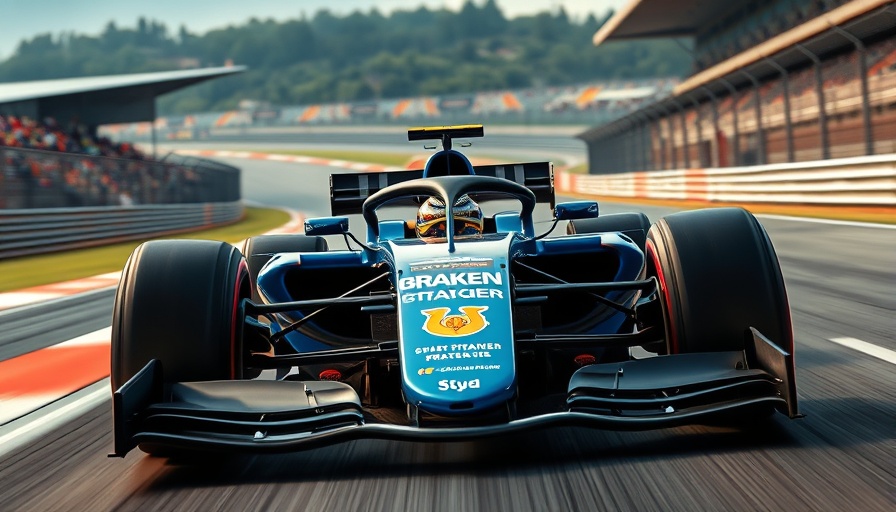
The Future of Overtaking in Formula 1: A Transformational Shift
The upcoming 2026 Formula 1 season promises to revolutionize race dynamics, particularly the art of overtaking. With new regulations focusing on a balanced interplay between electric and internal combustion engines, coupled with more agile cars, significant changes are on the horizon.
As explained by James Vowles, Team Principal of Williams Racing, the new regulations signal a move away from reliance on driver aids like DRS and towards a more skill-focused approach. This shift not only enhances the racing experience but adds a layer of complexity for drivers, who will find themselves managing not just speed but energy distributions and braking dynamics. The introduction of a manual override “push-to-pass” system aims to empower drivers, allowing them a strategic advantage when close to competitors.
What the New Regulations Entail
The FIA’s revamp includes making cars 30kg lighter and introducing advanced battery technologies that result in increased power. Drivers must adapt to a new style of overtaking, moving away from previously established prime overtaking spots. For example, overtakes at Spa’s Kemmel Straight may become less favorable as the new energizing systems change how drivers strategize their race moves.
Vowles noted, “I think overtaking will look very different but will definitely happen. It’s just going to take place in unexpected areas of the track.” This emphasizes how adaptability will become a crucial theme in drivers' competitive strategies.
A Look Back: The Evolution of Overtaking in F1
Historically, Formula 1 has evolved significantly in how overtaking occurs on track. From the days of simple speed and grip dynamics, recent seasons have seen the introduction of DRS and hybrid technologies. Yet, as we look toward 2026, the emphasis on driver skill indicates a desired return to more traditional racing tactics, enhancing the spectacle and challenge of the sport.
Looking Ahead: The Competitive Landscape
As teams prepare for the new technical regulations, anticipation builds around the pre-season testing scheduled for January 2026 in Barcelona. Early testing results will provide the first glimpse into how effectively teams adjust to the new environment. The changes could lead to more thrilling wheel-to-wheel racing, a key element that engrosses fans.
Ultimately, the 2026 regulations represent more than just a technical overhaul; they reflect Formula 1’s continual pursuit of innovation and sustainability while placing the driver back at the forefront of competitive racing.
As the world of motorsport gears up for this monumental shift, fans are encouraged to engage with their favorite teams and drivers as they embark on this new journey. The evolution of overtaking is not just a technical challenge, but a thrilling narrative waiting to unfold.
 Add Row
Add Row  Add
Add 




Write A Comment